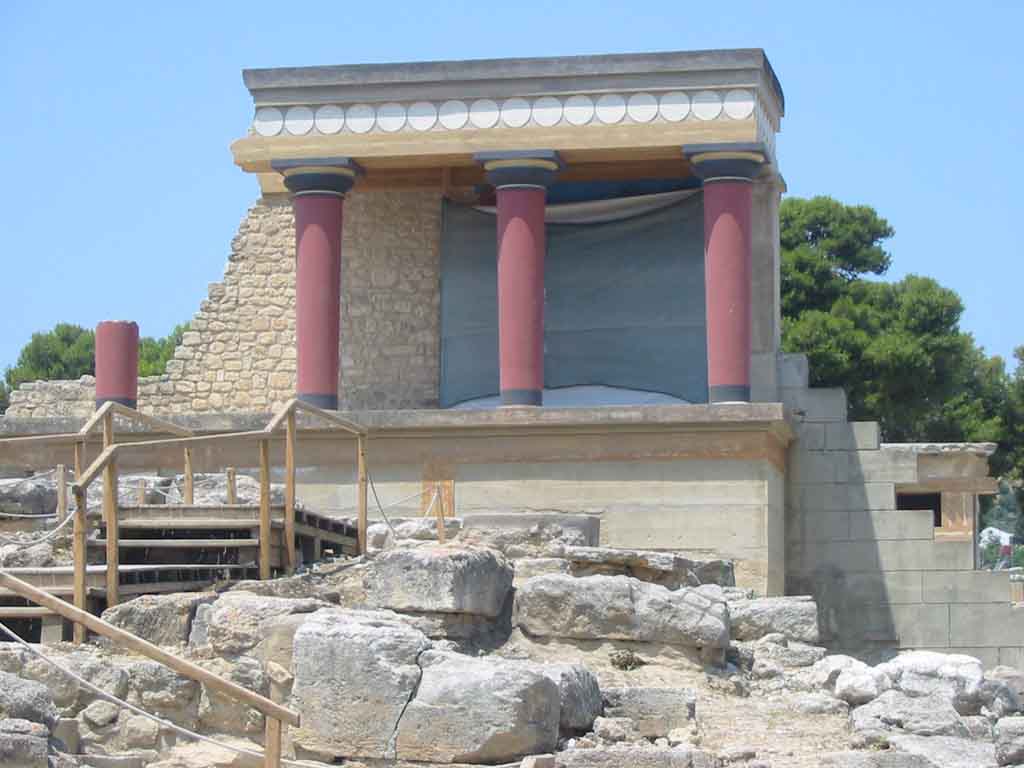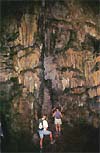Knossos - Lassithi Plateau


Knossos,
the supreme Minoan Palace, just 5 klms south of Heraklion, is a sight not
to be missed. There is
evidence that it was inhabited during the neolithic times (6000 B.C.). On
the ruins of the neolithic
settlement the first Minoan palace was built and the dynasty of King Minos
ruled and it
became the prosperous capital of Minoan Crete. . It
was multi-storeyed and had an intricate plan, which is why the Palace is
connected with thrilling legends, such as the myth of the Labyrinth and
the Minotaur. It
was discovered in 1878 and excavated by Sir Arthur Evans to reveal the
most civilized center in Europe.
Leaving
Knossos the first stop on the scenic route towards central Crete is the
Monastery of “Kera Kardiotissa”. It’s dedicated to Virgin Mary, is
run by nuns and is locally known as Little Lourdes, with people making
pilgrimages to pray for relief from their sins.
Driving
south and up to the mountain, we venture inland, where we reach the
fertile Plateau of Lassithi, which may have been the crater of an ancient
volcano. This unique place is a
patchwork of green and yellow fields hemmed into the Diktean Mountains,
each patchwork area irrigated by its own windmill. The Plateau is a
wonderfully cool and fertile area where you will find orange groves,
vineyards, small towns αnd
a very warm welcome.
Lunch stop will be at Tzermiado and then you may visit the Dicti Cave, an
impressive site with its stalactites and stalagmites, where Zeus, the
father of the Greek Gods, is said to have been born.
Crossing
the villages of the Plateau we pay a short visit at a traditional
potter’s factory, this ancient ceramic art, which completes today more
than 8000 years. Leaving the Plateau the views down to Pediada Plain are
truly magnificent and a short photo-stop will complete the day.
Entrance to Dikti Cave € 4,00
Entrance to Knossos € 6,00
Monastery of
“Panagia Kera € 2,00

